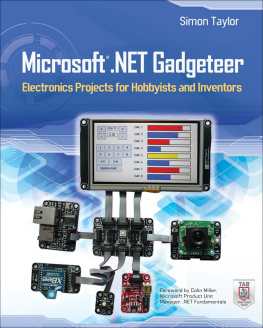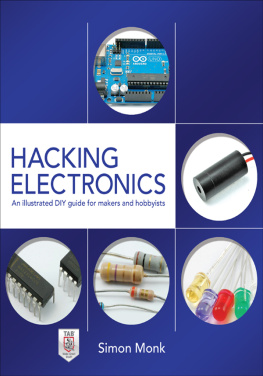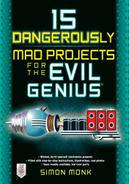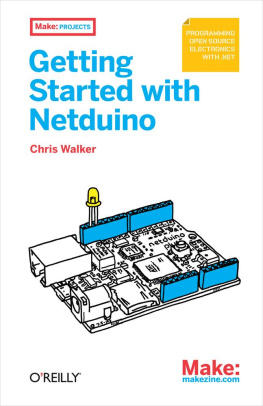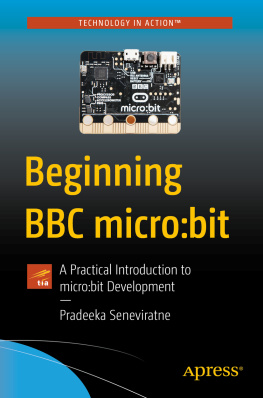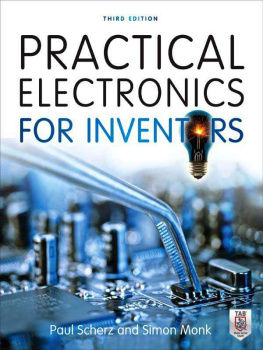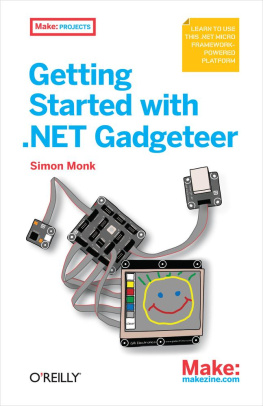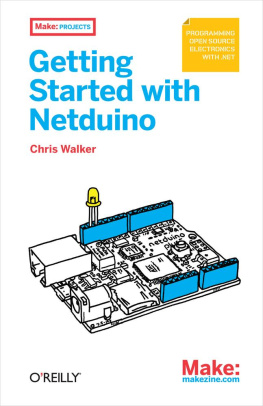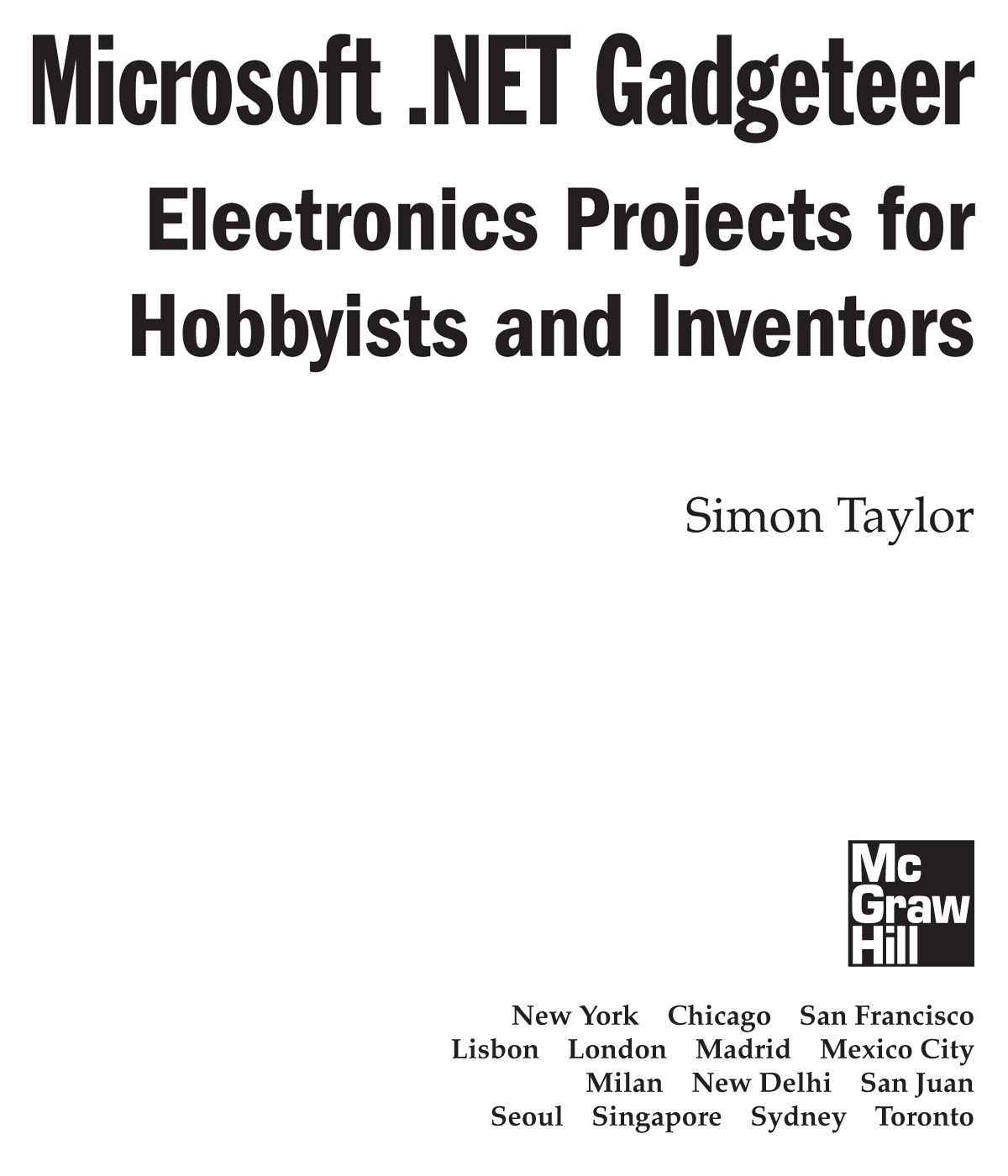
Copyright 2013 by The McGraw-Hill Companies. All rights reserved. Printed in the United States of America. Except as permitted under the Copyright Act of 1976, no part of this publication may be reproduced or distributed in any form or by any means, or stored in a database or retrieval system, without the prior written permission of publisher, with the exception that the program listings may be entered, stored, and executed in a computer system, but they may not be reproduced for publication.
ISBN: 978-0-07-179796-2
MHID: 0-07-179796-3
The material in this eBook also appears in the print version of this title: ISBN: 978-0-07-179795-5, MHID: 0-07-179795-5.
All trademarks are trademarks of their respective owners. Rather than put a trademark symbol after every occurrence of a trademarked name, we use names in an editorial fashion only, and to the benefit of the trademark owner, with no intention of infringement of the trademark. Where such designations appear in this book, they have been printed with initial caps.
McGraw-Hill eBooks are available at special quantity discounts to use as premiums and sales promotions, or for use in corporate training programs. To contact a representative please e-mail us at bulksales@mcgraw-hill.com.
McGraw-Hill, the McGraw-Hill Publishing logo, TAB, and related trade dress are trademarks or registered trademarks of The McGraw-Hill Companies and/or its affiliates in the United States and other countries and may not be used without written permission. All other trademarks are the property of their respective owners. The McGraw-Hill Companies is not associated with any product or vendor mentioned in this book.
TERMS OF USE
This is a copyrighted work and The McGraw-Hill Companies, Inc. (McGraw-Hill) and its licensors reserve all rights in and to the work. Use of this work is subject to these terms. Except as permitted under the Copyright Act of 1976 and the right to store and retrieve one copy of the work, you may not decompile, disassemble, reverse engineer, reproduce, modify, create derivative works based upon, transmit, distribute, disseminate, sell, publish or sublicense the work or any part of it without McGraw-Hills prior consent. You may use the work for your own noncommercial and personal use; any other use of the work is strictly prohibited. Your right to use the work may be terminated if you fail to comply with these terms.
THE WORK IS PROVIDED AS IS. McGRAW-HILL AND ITS LICENSORS MAKE NO GUARANTEES OR WARRANTIES AS TO THE ACCURACY, ADEQUACY OR COMPLETENESS OF OR RESULTS TO BE OBTAINED FROM USING THE WORK, INCLUDING ANY INFORMATION THAT CAN BE ACCESSED THROUGH THE WORK VIA HYPERLINK OR OTHERWISE, AND EXPRESSLY DISCLAIM ANY WARRANTY, EXPRESS OR IMPLIED, INCLUDING BUT NOT LIMITED TO IMPLIED WARRANTIES OF MERCHANTABILITY OR FITNESS FOR A PARTICULAR PURPOSE. McGraw-Hill and its licensors do not warrant or guarantee that the functions contained in the work will meet your requirements or that its operation will be uninterrupted or error free. Neither McGraw-Hill nor its licensors shall be liable to you or anyone else for any inaccuracy, error or omission, regardless of cause, in the work or for any damages resulting therefrom. McGraw-Hill has no responsibility for the content of any information accessed through the work. Under no circumstances shall McGraw-Hill and/or its licensors be liable for any indirect, incidental, special, punitive, consequential or similar damages that result from the use of or inability to use the work, even if any of them has been advised of the possibility of such damages. This limitation of liability shall apply to any claim or cause whatsoever whether such claim or cause arises in contract, tort or otherwise.
To my wife, Tsvetana, whose support and
encouragement keeps me going.
About the Author
Simon Taylor (Southampton, United Kingdom) has been working with embedded device hardware and software for more than 30 years. In 1994 he created the design consultancy Sytech Designs Ltd., which he still runs today. His career started as an Electronics engineer with the Royal Air Force, specializing in air radio and navigation. After leaving the Air Force, he started working in the newly emerging embedded computer world, initially working on ground-breaking digital video framestores and special effects units, leading to his being head-hunted by a Silicon Valley video technology company and relocating to sunny California.
This was followed by a move to the space town, Huntsville, Alabama, where he worked for a theatrical lighting manufacturer. In addition to lighting and laser controllers, he designed several serial control protocols and a system of recording lighting control signals on VHS video tape alongside the stereo audio. Following his return to the United Kingdom, he started Sytech Designs. Sytech Designs specializes in embedded designs, machine-to-machine communications, and transport systems. In his role at Sytech Designs, he has led design projects involving communications, GPS, GSM, and card payment systems. He has been involved with Micro Framework since the early days and is a member of the Micro Framework Core Team and is a Micro Framework partner. Sytech Designs is one of the first manufacturers designing and manufacturing Gadgeteer mainboards and modules.
Contents
Foreword
Frederick Brooks, the author of the seminal book The Mythical Man-Month: Essays on Software Engineering (Addison-Wesley Professional), described the delights of programming as including the sheer joy of making things and the delight of working in such a tactile medium where it prints results, draws pictures, produces sounds, and moves arms. Almost every programmer I speak with remembers their early experiments with LEDs and servos, even if they have been away from building devices for some time.
I have had the opportunity to teach programming at several levels, and I have seen that creating things that interact with you, with other objects, and with the environment around them can be very engaging. There is also the opportunity for experimenting in the explosion of connected devices that will instrument our world in the next generation. That is what .NET Gadgeteer is all about.
The challenge in approaching these kinds of projects has always been the steep initial learning curve. In the past, to complete an electronics project even as simple as turning on an LED, you needed to know where to get and how to select compatible electronic components, load compatible development tools, learn a new language or a new dialect of a desktop language, pick up some fabrication skills such as breadboarding or soldering, learn embedded interfaces at least to the level of GPIO, find out how to deploy your code to the device, and then heaven help you if it didnt do what you wanted because you had to figure out how to debug what you put together (wiring, logic, and all).
.NET Gadgeteer reverses this equation so that you dont have to learn a lot before you can create something simplenow you can create something compelling very quickly, and you can drill into the details as you need and want to. The impact of this is evident. Nearly every day, new blog entries are written by someone who has taken Gadgeteer off the shelf (so to speak) and created something cool very quickly. For example, the standard first demo that we do on the NETMF/Gadgeteer team is to write a functional camera in about four lines of code with components that just plug together. This simplicity is important, because it means that the reinforcement of building cool stuff starts immediately.

